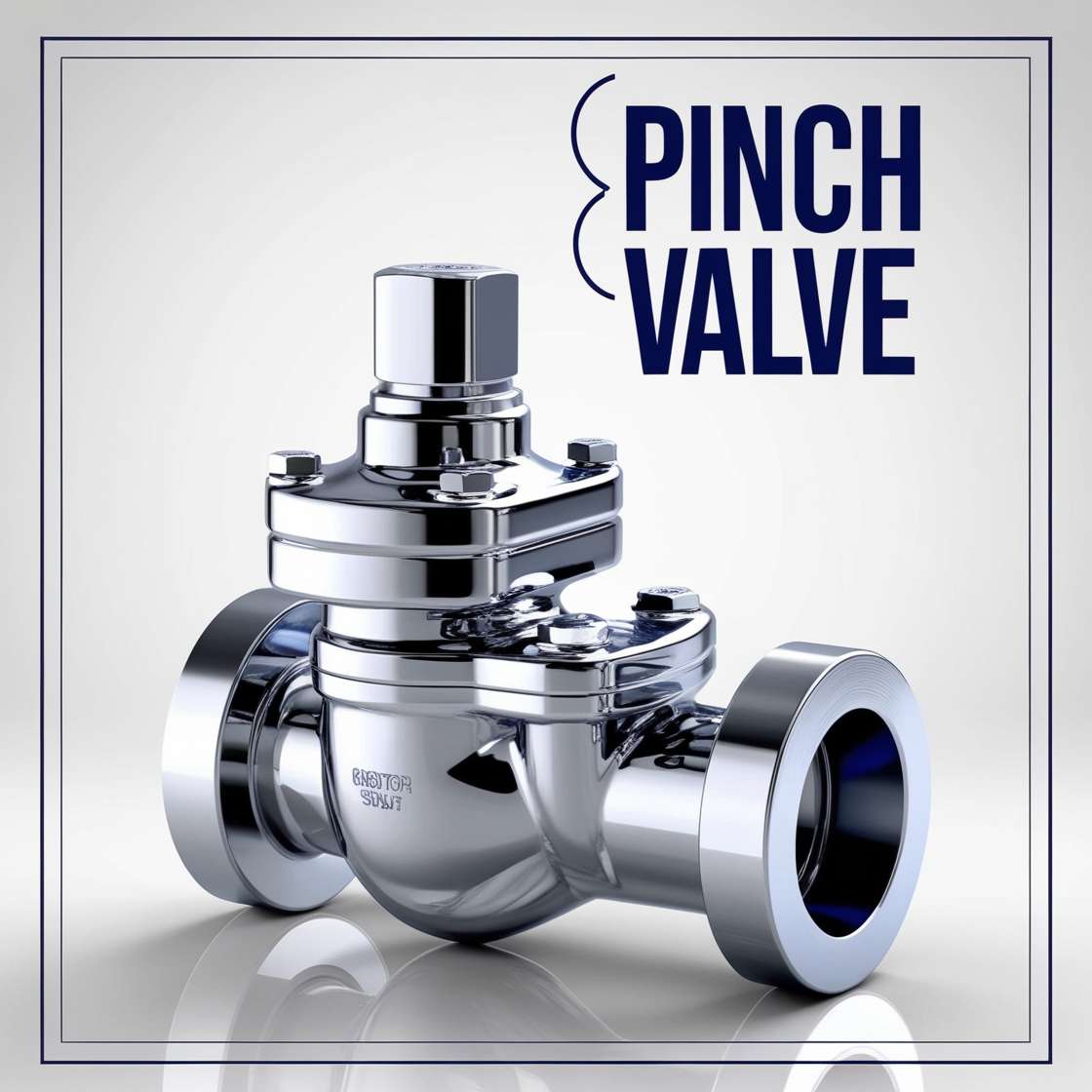

A pinch valve affects fluid flow by pinching or squeezing a flexible tube or sleeve. The valve claws the tube to control or block the flow of fluids, gases, or slurries. One of the best things about pinch valves is how simple they are to make. This is especially true in industries like food and medicine production, where a clean, straight flow control system is required.
It has two endings and a rubber sleeve in air-operated punch valves. It opens or closes a valve with air pressure. The valve operates like this because when there is a pressurized air supply in the body of the valve, it pushes down onto the rubber sleeve that collapses and seals off the valve. No extra operator is needed. When process flow force is applied, the force of the process flow is applied to the rubber hose, which opens when the air supply is disrupted and the air supply volume goes down.
Sockets cover squeeze to control flow and are press-fitted and centered in housing ends into the sleeves. The materials from which the sleeve is made include elasticized reinforced rubber or PTFE, which is corrosion-resistant. The body of the valve is made from cast iron. The design of pinch valves is simple, and it is economical equipment. Also, they can be operated by actuators, such as solenoid, hydraulic, pneumatic, or electric motors. Mechanically operated pinch valves also exist besides air, such as clamp or handwheel and pneumatic valves. They are handwheel valves that are turned on and off with a handwheel.
Water, mineral processing, chemicals, beverages, pharmaceuticals, waste, medicine, and ceramics are just some industries that use pinch valves. You can rely on them, save money, and find them easy to use in various places and situations. However, they don’t wear and tear much and have fewer additional parts.
Pipelines use pinch valves to control the flow of rough materials and keep them from getting clogged. Humidified air, mixing, and gaseous media of different intensities can travel through pinch valves: liquids, water, chemicals, food, and solids. Pinch valves are preferred if the media being handled is slurry; the solid media could otherwise coat the mechanical workings of other valves. Granules, powders, pellets, chippings, fibers, slurries, and other aggressive products can be considered solid media.
Their non-contact treatment helps preserve and preserve food and medical products without coming into contact with it in food and beverage and medical fields. They can also be operated as a disposable system and incorporated without modifying the process. Consequently, laboratories and the pharmaceutical industry can derive a lot of benefits from their services.
Manual pinch valves are controlled by hand using a lever or handwheel. They are generally used in low-pressure applications where fluid control is needed but are not necessarily automated. These valves are used in irrigation, water treatment, and other systems where user-friendliness is important.
pneumatic pinch valves function by Using air pressure. When the valve's actuator receives air pressure, the sleeve will shut the valve. These work well for robot applications and are often used to handle chemicals, wastewater, and abrasive slurries.
An air pinch valve operates with air or other gas as the controlling force. Rather than being squeezed by mechanical force, it squeezes the rubber tube with air pressure. These valves are designed for use where granular or powdered materials must be controlled.
An electric motor drives the closing opening mechanism in electric pinch valves. They are often used in systems where precisely controlled operation is desired, such as in a laboratory, the food industry, or elsewhere in the pharmaceutical field.
• Inspect Sleeves Regularly: Frequently check the sleeve. If it is the only part in contact with the fluid, it will be the first place to develop wear, cracks, or damage.
• Replace Sleeves Periodically: The effectiveness of the rubber valve depends on the application, so rubber sleeves may need to be replaced periodically.
• Keep Valves Clean: If you use pinch valves in food, pharmaceuticals, or water treatment, clean the valve housing to avoid buildup.
• Check Air Supply: Ensure that the air pressure you use for pneumatic pinch valves is correct and that your system is leak-free.
• Monitor Operation: If the valve doesn’t operate regularly, check it out to ensure it opens and closes smoothly.
Pinch valves work wonderfully to control the flow of various liquids and liquid-solid mixes since they pinch a flexible tube. Many types of pinch valves provide adaptable solutions for many uses. The pinch valve operates safely when its size and pressure rating are known in various industrial situations.
In hydraulic transmission in industrial, automotive, and hydraulic uses, hydra...
READ FULLManufacturers produce diverse item ranges through rubber molding, including es...
READ FULLRubber molding is a standard way to give rubber shape in the industry. At rubb...
READ FULL